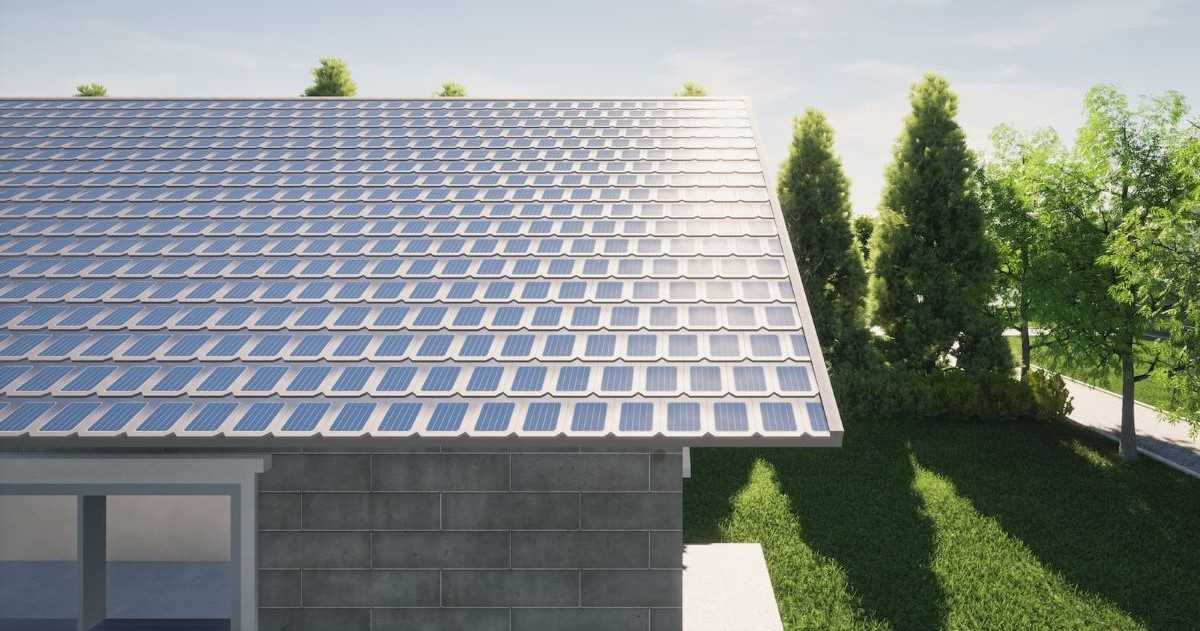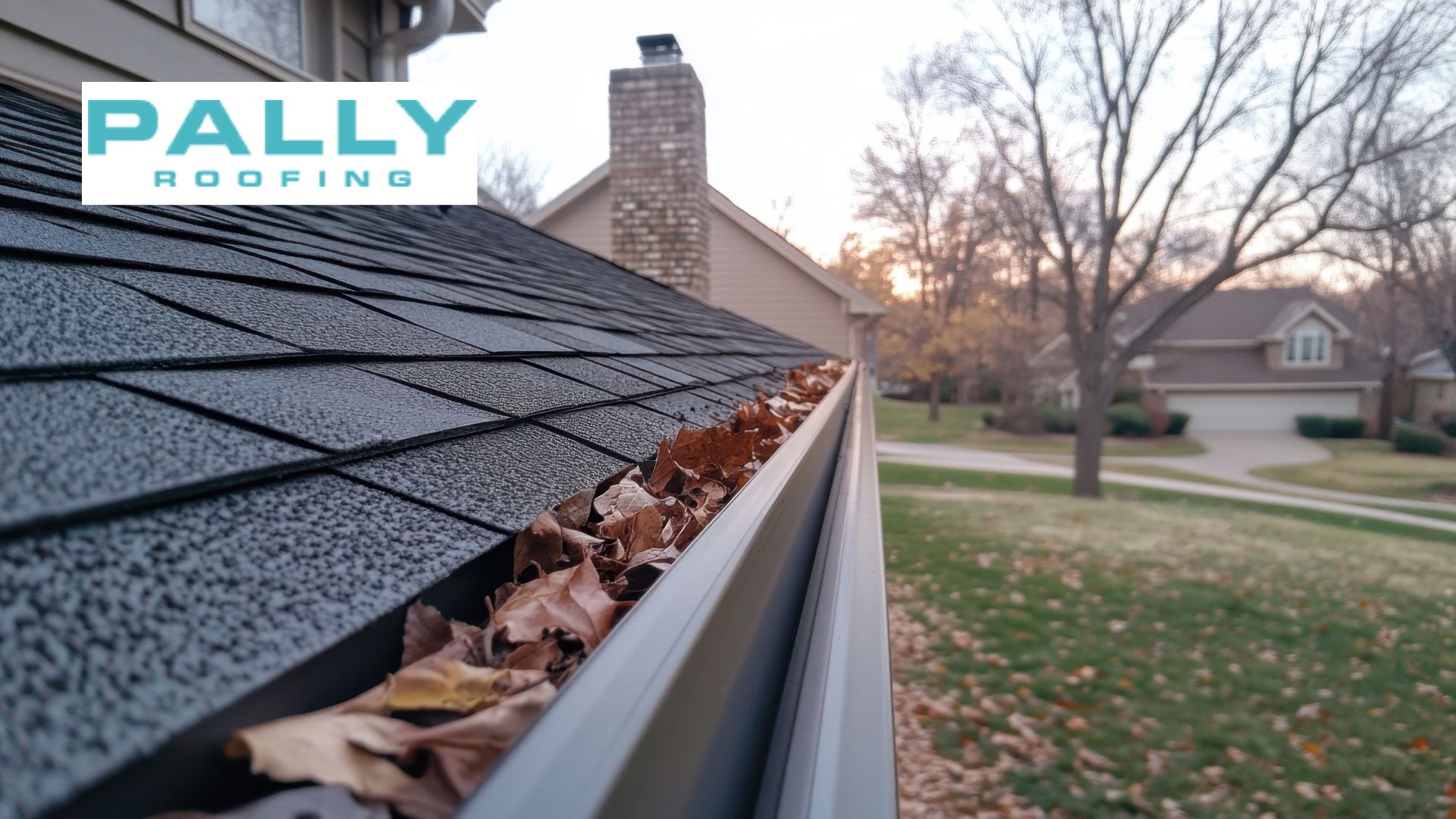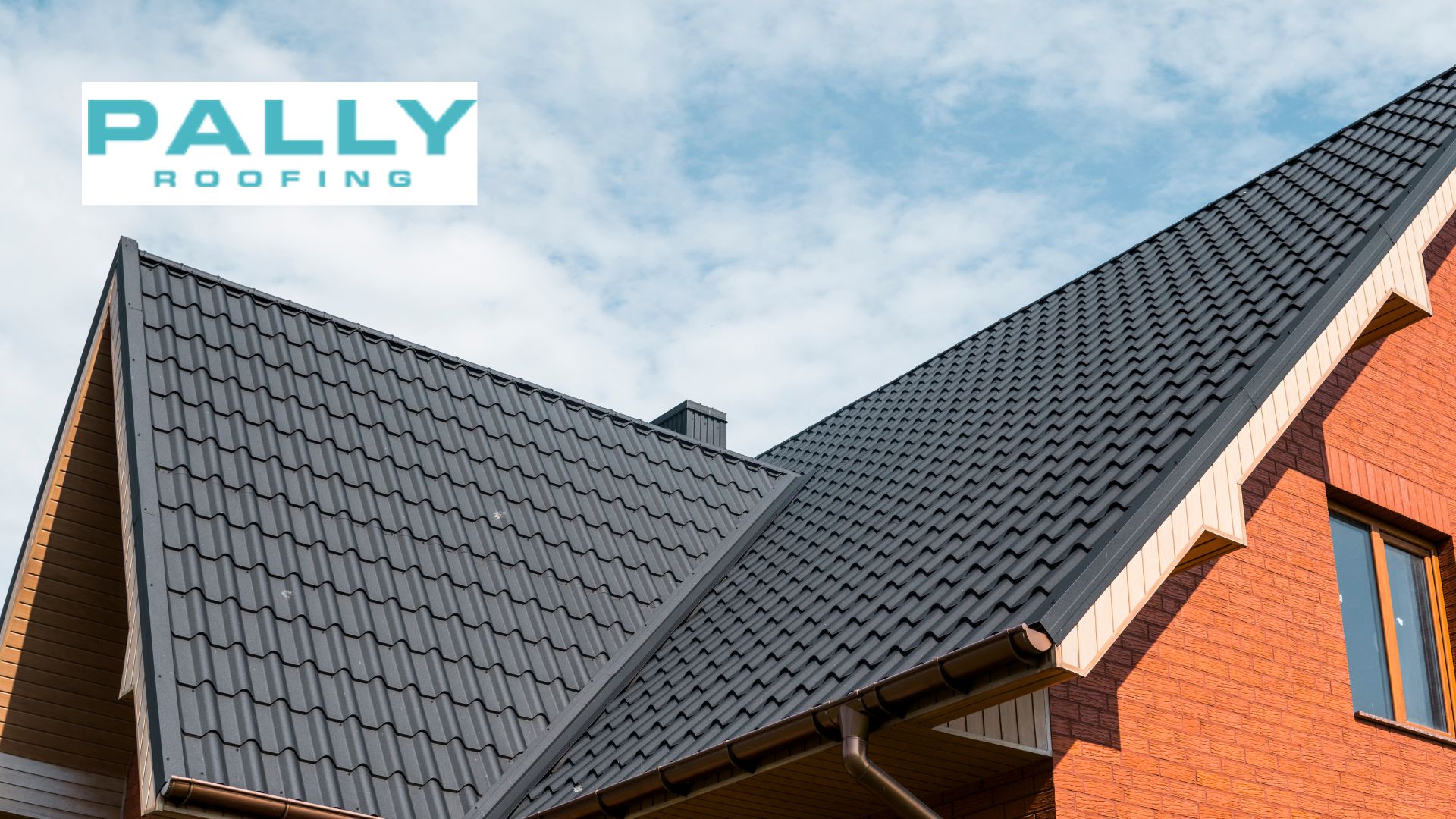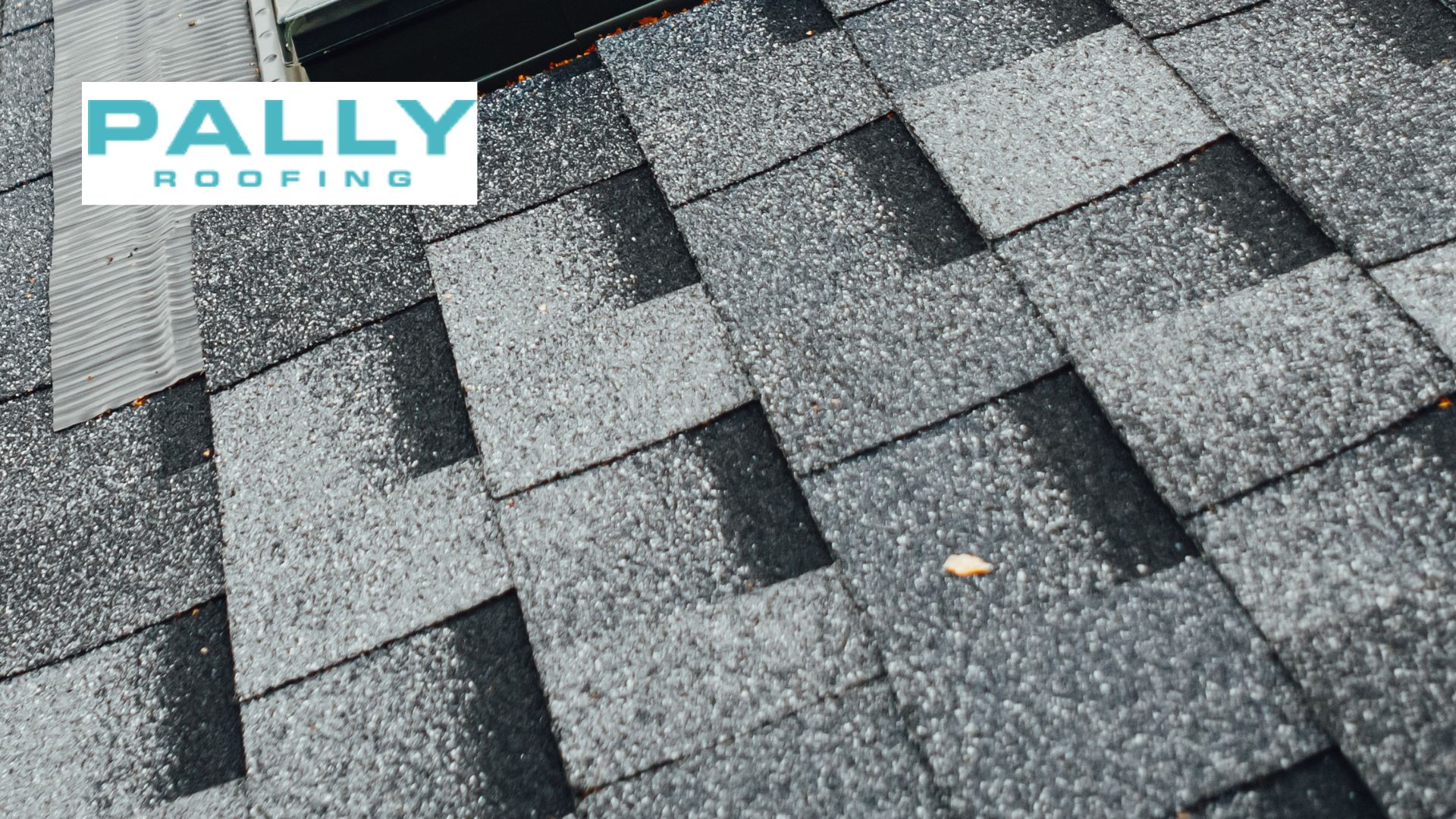Last updated on August 27th, 2024 at 04:22 pm
Innovation in roofing is not just about creating new materials or technologies; it’s about improving homeowners’ quality of life, increasing the roofs’ lifespan, and reducing environmental impact.
Table of Contents
Cutting-edge technologies such as intelligent roofs, advanced waterproofing methods, and energy-efficient materials are setting new standards and opening up exciting possibilities for the future.
Welcome to Pally Roofing, your trusted roofing solution! Our expert team specializes in a range of top-tier services, including metal roofing installation, asphalt roofing installation, gutter installation, and repair.
Overview of Innovative Roofing Technologies
Innovative roofing technologies integrate advanced materials, intelligent systems, and sustainable practices in roof design, construction, and maintenance. These technologies are crucial in addressing modern challenges such as climate change, energy consumption, and the need for long-lasting, low-maintenance roofing solutions.
By embracing innovation, the roofing industry experts as well as homeowners can enhance roofs’ functionality, durability, and eco-friendliness, ultimately providing property owners with better protection and value.
Key Features of Innovative Roofing Solutions
- Advanced Materials
- Utilization of next-gen materials such as synthetic shingles, polymer-modified bitumen, and excellent roofing materials that offer superior performance and longevity.
- Development of lightweight, durable, and flexible materials that can withstand extreme weather conditions.
- Smart Roofing Systems
- Integration of sensor technology for real-time monitoring of roof health, detecting leaks, and assessing structural integrity.
- Use automated systems for roof maintenance, including self-cleaning surfaces and automated inspections.
- Energy Efficiency
- Incorporation of energy-efficient materials such as reflective coatings and insulated panels to reduce heat absorption and enhance thermal performance.
- Implementing solar roofing tiles that generate renewable energy reduces reliance on traditional power sources.
- Sustainability
- Adoption of eco-friendly roofing materials made from recycled or sustainable resources.
- Promoting green roofing systems that support vegetation growth improves air quality and provides natural insulation.
- Enhanced Waterproofing Methods
- Advanced waterproofing solutions such as liquid-applied membranes and seamless rubber coatings offer superior protection against water infiltration.
- Innovative drainage systems are designed to manage water flow and prevent water damage efficiently.
By incorporating these key features, innovative roofing technologies extend the life and functionality of roofs and contribute to a more sustainable and energy-efficient built environment.
Latest Roofing Advancements
The roofing industry has seen remarkable advancements in recent years, driven by the need for more durable, energy-efficient, and environmentally friendly solutions. Here are some of the latest breakthroughs in roofing technology:
- Solar Roofing Tiles

- Solar tiles have revolutionized how roofs can contribute to energy efficiency by integrating photovoltaic cells directly into roofing materials. These tiles blend seamlessly with traditional roofing, providing a clean, aesthetic look while generating renewable energy.
- Cool Roofing Materials
- Cool roofs are designed to reflect more sunlight and absorb less heat than standard roofs. Innovations in excellent roofing materials, such as highly reflective coatings and reflective granules, significantly reduce energy consumption by keeping buildings cooler and decreasing the need for air conditioning.
- Green Roof Systems

- Green or living roofs incorporate vegetation layers that provide natural insulation, reduce stormwater runoff, and improve air quality. Recent advancements in lightweight soil substrates and irrigation systems have made green roofs more accessible and easier to maintain.
- Self-Healing Roofing Materials
- Self-healing materials, such as advanced polymers and asphalt mixtures, can automatically repair minor cracks and damages caused by environmental stress. This technology extends the lifespan of roofs and reduces maintenance costs.
- Advanced Insulation Technologies
- Innovations in insulation materials, such as vacuum-insulated panels and phase-change materials, enhance thermal performance and energy efficiency. These materials provide superior insulation properties while being thinner and lighter than traditional options.
- Roofing Membranes and Coatings

- The development of liquid-applied roofing membranes and advanced coatings offers enhanced waterproofing, UV resistance, and durability. These products provide seamless, flexible, and long-lasting protection for various roofing applications.
- Drone Technology for Roof Inspections
- Drones with high-resolution cameras and thermal imaging sensors are used for detailed roof inspections. This technology allows for safer, faster, and more accurate assessments of roof conditions, identifying potential issues before they become significant problems.
- Roof Sensor Technology
- Embedded sensors in roofing systems provide real-time monitoring of various parameters, such as temperature, moisture levels, and structural integrity. This data helps in predictive maintenance, ensuring timely interventions and extending the roof’s service life.
These advancements are transforming the roofing industry, offering homeowners and businesses more efficient, sustainable, and cost-effective roofing solutions.
What Are Smart Roofs?
Features of Smart Roofs
- Embedded Sensors
- Bright roofs have sensors that monitor temperature, moisture, and structural integrity, providing real-time data on roof conditions.
- Energy Management
- Integration of solar panels or tiles to harness renewable energy and innovative energy systems that optimize energy use and storage.
- Automated Ventilation
- It has advanced ventilation systems that automatically adjust airflow based on weather conditions and indoor climate needs.
- Self-Healing Materials
- Use materials that can repair minor damages autonomously, enhancing durability and reducing maintenance.
- Weather Adaptability
- Features such as reflective coatings, thermal insulation, and automated shading to adapt to changing weather conditions and improve energy efficiency.
Benefits and Applications
- Enhanced Durability
- Continuous monitoring and self-repair capabilities extend the roof’s lifespan by preventing minor issues from becoming major problems.
- Energy Efficiency
- Solar integration and optimized insulation reduce energy consumption, lowering utility bills and environmental impact.
- Improved Comfort
- Automated ventilation and climate control maintain optimal indoor temperatures, improving overall comfort for occupants.
- Cost Savings
- Reduced maintenance and energy costs and potential tax incentives for using renewable energy systems.
- Environmental Benefits
- It decreases carbon footprint due to energy efficiency and eco-friendly materials and technologies.
Integration with Home Automation Systems
- Seamless Connectivity
- Bright roofs can be integrated with home automation systems, allowing centralized control and monitoring through smartphones or other devices.
- Automated Responses
- Home automation systems can interact with intelligent roofs to adjust heating, cooling, and ventilation based on real-time data from roof sensors.
- Energy Management
- Integration with smart home energy systems to optimize the use and storage of solar energy, balancing power supply with household demand.
- Maintenance Alerts
- Automated alerts and notifications for maintenance needs, helping homeowners address issues promptly and efficiently.
Bright roofs represent the future of roofing technology. They offer enhanced functionality, efficiency, and connectivity, making them valuable additions to modern homes and buildings.
Advanced Roofing Materials
Overview of Next-Gen Materials Used in Roofing
- Synthetic Shingles
- Made from engineered polymers, these shingles mimic the appearance of traditional materials like wood or slate but offer superior durability and weather resistance.
- Cool Roofing Materials
- Designed to reflect more sunlight and absorb less heat, these materials include reflective coatings and specially designed tiles and membranes that enhance energy efficiency.
- Polymer-Modified Bitumen
- It enhanced bitumen roofing with added polymers for improved flexibility, durability, and resistance to extreme weather conditions.
- Metal Roofing
- Advanced metal roofing options include aluminum, steel, and copper, which are treated with coatings to prevent rust and improve thermal performance.
- Green Roof Systems
- These systems provide natural insulation and stormwater management by incorporating vegetation and lightweight soil substrates.
Comparison of Traditional vs. Advanced Materials
- Durability
- Traditional: Materials like asphalt shingles and wood are prone to damage from weather and require frequent maintenance.
- Advanced: Synthetic and polymer-modified materials offer higher resistance to extreme weather and longer lifespans.
- Energy Efficiency
- Traditional: Conventional materials absorb more heat, leading to higher cooling costs.
- Advanced: Cool and metal roofs with reflective coatings significantly reduce heat absorption and energy costs.
- Environmental Impact
- Traditional: Often made from non-renewable resources and contributes to landfill waste.
- Advanced: Many advanced materials are recyclable and incorporate sustainable practices, reducing environmental impact.
- Maintenance
- Traditional: Higher maintenance requirements due to susceptibility to damage and wear.
- Advanced: Lower maintenance needs due to enhanced durability and self-healing properties.
Top 8 Innovative Roofing Technologies and Solutions
-
High-Tech Roofing Systems
Integration of Technology in Roofing Systems
- Incorporation of advanced sensors, automation, and intelligent materials to enhance performance and longevity.
- Drones are used for inspections, and AI is used for predictive maintenance.
Examples of High-Tech Systems
- Bright roofs with embedded sensors for real-time monitoring.
- Solar roofs integrating photovoltaic cells with traditional materials.
-
Sustainable Roofing Technology
Importance of Sustainability in Roofing
- Reduces environmental impact and improves energy efficiency.
- Promotes the use of renewable resources and eco-friendly practices.
-
Energy-efficient roofing Materials
Types of Energy-Efficient Materials
- Reflective coatings and excellent roofing materials.
- Insulated metal panels and photovoltaic shingles.
Benefits
- Lower energy bills due to reduced cooling and heating needs.
- Enhanced indoor comfort and environmental benefits.
Offerings
- Innovative materials that maximize thermal performance.
-
Roofing Technology Trends
Current Trends
- Increasing adoption of green roofs and solar technologies.
- Advances in durable, lightweight, and sustainable materials.
Future Predictions
- Growth in intelligent roofing systems and integration with smart homes.
Staying Ahead
- Continuous innovation and adaptation to emerging technologies.
-
Cutting-Edge Roofing Solutions
Examples
- High-performance insulation materials.
- Advanced waterproofing systems and self-healing membranes.
Benefits and Impact
- Enhanced durability, reduced maintenance, and greater energy efficiency.
-
Smart Roof Systems
Explanation
- Roofs equipped with sensors and automation for climate control and energy management.
Advantages
- Improved energy efficiency, reduced maintenance, and enhanced comfort.
-
Eco-Friendly Roofing Innovations
Green Roofing Technologies
- Living roofs, solar-integrated systems, and recyclable materials.
Environmental Benefits
- Reduced carbon footprint, improved air quality, and enhanced biodiversity.
-
Roof Maintenance Technology
Modern Technology in Maintenance and Repair
- Use drones, AI, and automated systems for efficient roof inspections and repairs.
Maintenance Solutions
- Proactive maintenance strategies are leveraging the latest technology to ensure the longevity and performance of roofing systems.
Conclusion
In conclusion, the roofing industry is experiencing a significant shift towards advanced technologies and sustainable practices, aiming to enhance durability, energy efficiency, and environmental responsibility.
As innovations such as solar roofing tiles, intelligent roof systems, and eco-friendly materials continue to shape the landscape, the future outlook for roofing technologies appears promising.
Pally Roofing is committed to providing top-tier solutions that meet customers’ evolving needs. With a vision for continued growth and innovation, Pally Roofing aims to deliver reliable, high-quality roofing services while contributing to a more sustainable future.
Contact us today to schedule your roofing repair or installation project and experience the difference with our cutting-edge solutions.
Author
-

With more than 16 years of hands-on experience, Phillip Schmucker is the knowledgeable owner of Pally Roofing. His dedication to superior roofing services has earned him a reputable place in the industry. Phillip also shares his extensive expertise through writing, providing readers with practical tips and professional advice on various roofing topics. Follow him on LinkedIn.
View all posts








